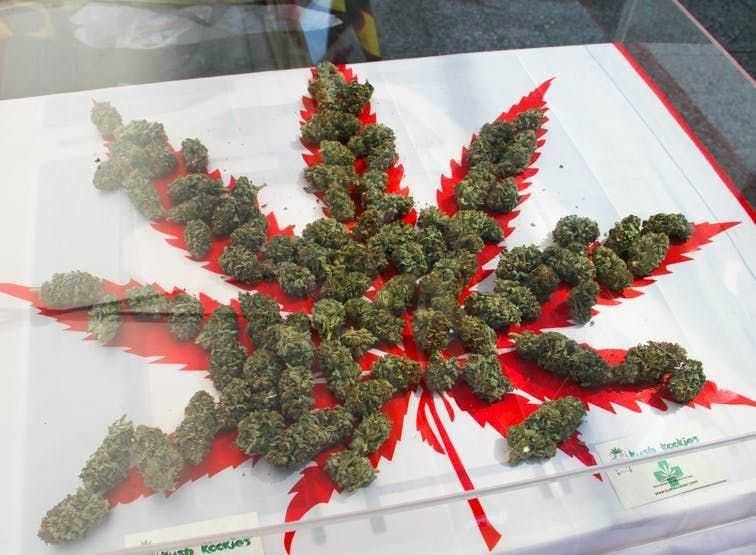One reason why Canada’s licensed producers (LPs) are worried about this summer's deadline for cannabis legalization: it could become a marketing and packaging nightmare.
Advertising medical cannabis is currently banned. Some marijuana-related billboards recently came down in Quebec after residents complained they were too close to schools.
But with recreational marijuana set to become legal this summer, the government’s suggesting new marketing and advertising guidelines, mainly in an effort to discourage marketing to children.
Federal Regulations on Marijuana Marketing in Canada
Health Canada is developing guidelines to help the cannabis industry comply with the new marketing rules, of which there will be many. There’s a ban on: promotions appealing to youth, materials containing false or misleading statements, and anything showing celebrities, cartoons or animals. There will be no "Joe Cannabis" characters allowed.
Ads can, however, present factual statements or promote a brand preference if "reasonable steps" are taken to disallow young people to view the content. One such step could be an age verification mechanism on a brand's website.
Other regulations include a limit on the use of colours and graphics on packages, and label requirements with specific product information, mandatory health warnings and a standardized tetrahydrocannabinol (THC) symbol. Other brand elements may also be restricted, including font, size and colour relative to other information on the package.
Once the rules pass, any companies that violate them could face licence suspensions or revocations, with fines of up to $1 million, plus the potential of police intervention.
For now, these rules only apply to products such as dry cannabis flower and tinctures. The federal government has given itself extra time to allow edibles and extracts to enter the market. Public consultation on the rules ends Jan. 20.
Marketing Marijuana Could Differ Province-By-Province
After Health Canada creates its final set of guidelines, it's up to the provinces to sculpt them to fit their framework.
The problem with allowing provinces to refine the marketing rules set out by Health Canada is that it could lead to a phenomenon called "spillover advertising," where advertising that complies with one province's regulations spills over into another province where it breaks the rules.
Take Quebec’s framework, for example. It allows some ads in newspapers and magazines where 85% of readers are of the legal marijuana consuming age. If a cannabis brand advertises to these specifications, they’d be within the rules in Quebec, but they’d be breaking the law if the publication is distributed in a province with more stringent regulations.
Licensed Producers Are Fighting for Cannabis Marketing
While public health advocates would prefer plain packaging and stricter limits on advertising, Canada's licensed growers feel limiting branding too much will keep consumers from switching from the black market to the legal one. Branding, they say, leads to accountability. When a consumer has a memorable experience with a particular brand, that company puts effort into maintaining that positive consumer experience.
To help get their point across, 17 of Canada's LPs formed a Coalition for Responsible Cannabis Branding, hoping to pitch their own marking guidelines to the government.
The coalition, representing approximately 90% of the current legal medical cannabis market, developed their recommended guidelines with Advertising Standards Canada (Ad Standards), the national, independent, not-for-profit advertising self-regulatory body. Some of the content from their final document, Adult Use Cannabis Advertising and Marketing Guidelines for Licensed Producers, includes suggestions for advertising on TV, radio, and websites where at least 70% of the audience is expected to be 18 or over.
To Market Cannabis or not—Which Supports the Government’s Goals?
When Prime Minister Justin Trudeau vowed to legalize marijuana across Canada, he set out two distinct goals.
One of them was to get rid of the illegal black market by bringing marijuana into legitimacy. The other was to keep the drug out of the hands of young people.
The former begs for enticing packaging, marketing and competitive pricing to achieve the goal. The latter requires almost the opposite—plain packaging, warning messages and prices that make it inaccessible to the average teen.
The paradox is apparent and only adds to the delicate balance of possible regulations versus the right to allow brands to compete in this market. But marketers who see limitations as a gateway to creativity may end up enjoying this challenge. After all, cannabis is a product that has always had a knack for selling itself.
Photo credit: Cannabis Culture
